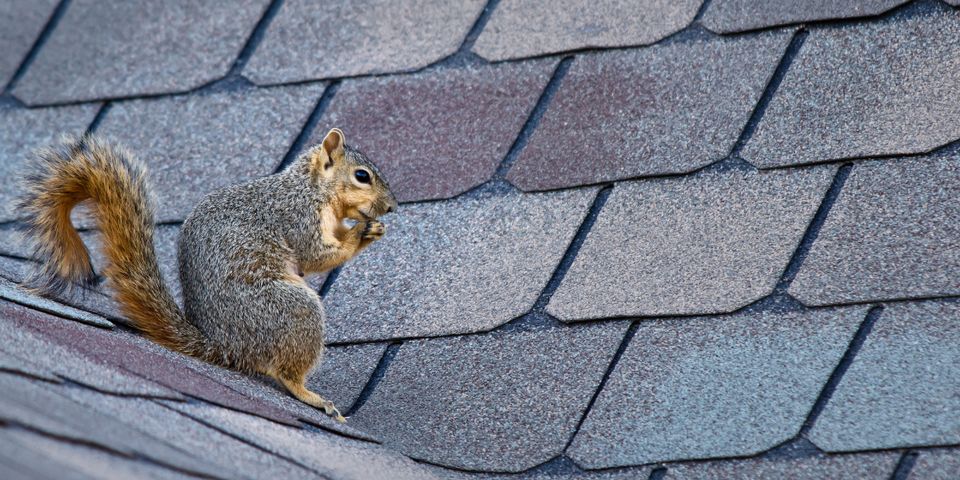3 Common Types of Squirrels in Connecticut

Connecticut's squirrels can potentially cause major problems for homeowners. Without squirrel removal services and exclusion techniques that prevent reentry, you could face gnawed electrical wiring and insulation, which can become fire hazards. The critters also make messes in unsealed garbage cans and consume birdseed and planted bulbs. Learn about the common species in Connecticut and how to handle them below.
Which Squirrel Species Are Common in Connecticut?
1. American Red
At 11 to 14 inches long, the American red squirrel features reddish-brown fur and a white stomach. It's found in coniferous forests because it consumes evergreen tree berries, but the animal also likes sunflower seeds, bird eggs, maple syrup, acorns, hazelnuts, and mice.

The critter's small size allows it to breach most bird feeder cages, so use mesh with openings less than an inch wide. Plant conifers away from the home, such as near property borders, to avoid encouraging residential pest entry. Also, seal all holes and gaps around the house with caulk to keep squirrels and other pests out.
2. Eastern Gray
The Eastern gray squirrel reaches between 16 and 21 inches in length and features a large, bushy gray tail that's as long as the animal’s body. Like the American red squirrel, the Eastern gray version has a white underside. The tree squirrel prefers hardwoods, but it's extremely adaptable and thrives in urban areas, including city parks.
Eastern gray squirrels love beechnuts, acorns, peanuts, hickory nuts, berries, corn, maple seeds, mushrooms, and birdseed. Keep these pests away from your bird feeders with cone-shaped barriers. Always use poles instead of hanging feeders, as the animals can climb down the hangers to access the food.
3. Flying
These unusual creatures feature patagia, or skin membranes stretching from wrist to ankle, that allow them to glide among treetops. It's unlikely to see these nocturnal, gray-brown animals during the day, but the northern species can reach up to 12 inches long. Insects, nuts, seeds, fungi, and fruit make up their diets.
Since flying squirrels can gnaw on wiring, furniture, floors, and doors if they enter your home, trim tree branches that extend onto your roof or grow near your house to eliminate points of contact. Keep garbage cans well-sealed so that you aren’t providing food sources, and consider purchasing predator urine to discourage activity. The scent of a bobcat will scare the critters away.
If you require squirrel removal services for your attic, chimney, or anywhere else in your home, contact American Bio-Tech Wildlife Services. The nuisance wildlife removal company has provided unmatched services to residents in New Milford, CT, and the surrounding areas for 50 years. They travel throughout the state to offer humane removal. Call (860) 355-1231 to schedule squirrel removal, or learn more about services online.
About the Business
Have a question? Ask the experts!
Send your question

